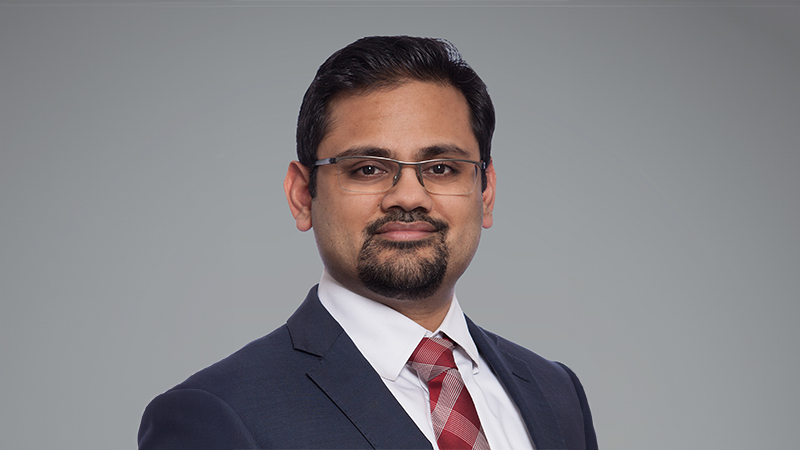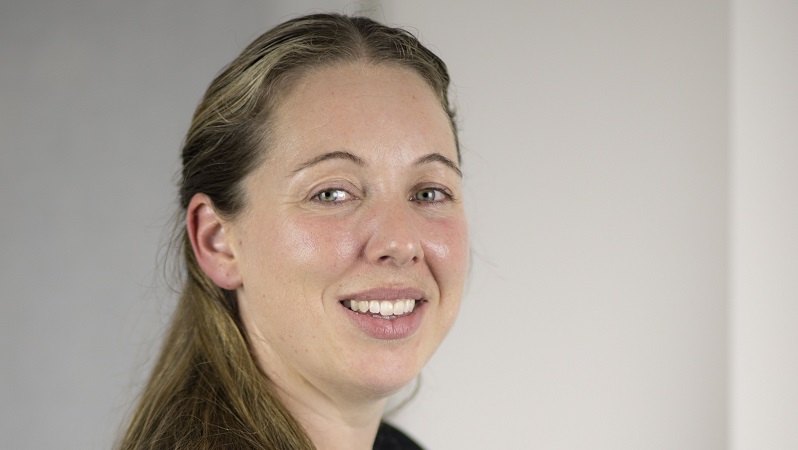River and Mercantile is currently topping up on risk. Around 75% of the Dynamic Asset Allocation Fund is in risk assets, the majority in equities and the remainder in high yield and alternatives. In 2018, the lowest the fund went to in risk assets was around 45%. Head of multi-asset Tamsin Evans (pictured) confirms that the team fully expects an uptick in equity markets by the year’s end, following the downward spiral that began in October 2018.
The £536.1m fund is popular with institutional investors but is also available on retail platforms. “This fund tends to swing more than other products. It is an aggressive fund and when we have views we will make moves to follow them. Going from about 45 to 75 is quite an unrisking,” admits Evans, who has been with River and Mercantile since 2006 and heads up £10.8bn in the multi-asset team.
The fund is “equity-like but we want a smoother ride than equities”, she says, explaining that she sees it as forming only part of a portfolio. In contrast, the Stable Growth Fund offered by the listed asset manager is a whole portfolio solution with core allocations to equities, credit, alternatives and property. She describes it as “much less dynamic, much steadier”.
Phase shifts
Dynamic Asset Allocation seeks two-thirds of the volatility of equity markets. In Q4 2018, the fund fell by 6.4% compared with 10.2% falls in the FTSE All Share. “We’ll never make as much as equity when equities are flying, but equally, we hope to only catch a part of the downside of equities.”
The team splits the economic cycle into four main phases – downturn, upward re-rating, stable and apprehension – and allocates accordingly. “For most of 2018, we were in the downturn phase of our economic cycle. As of today, we are still in the downturn phase but we believe we’re very close to coming out of that,” Evans predicts.
She anticipates the cycle jumping straight to stable, skipping upward re-rating because prices didn’t fall into “cheap” territory. “We don’t always move nicely from one phase to the next,” she says.
River and Mercantile looks at three main indicators to determine the phase of the economic cycle. The first one is the direction of travel in credit conditions. “On an absolute basis, credit conditions are definitely weaker than they have been over the past five years, but we’re seeing the rate of change is improving,” says Evans.
The team also assesses how cheap or expensive assets look in what it calls its valuation indicator. “In summer 2018, things were as over-extended as we’d ever seen. Things moved to fair and even cheap in some areas in Q4. We’ve seen quite a recovery since Q4, and we’re back to fair to over-extended, depending on the market.
“The US is still overvalued, we believe, but we also have reason to believe it could become further overvalued.”
Best foot forward
The final indicator is economics. “We have our own forward-looking economic indicator, which essentially takes Purchasing Managers Index (PMI) data and looks to project that forwards. Although PMIs have been weakening, looking forward six or 12 months we can see signs of them stabilising, and even improving.”
In theory, the fund could go to 100% risk positions with “just a little bit around the edges” to facilitate portfolio management, she says. The highest allocation the fund has ever had is 95% in August 2016 – the culmination of the re-risk after the Brexit vote.
The main move within the equities portfolio as the team ramps up risk has been selling down defensives in favour of emerging market positions, to which it had very little allocation in 2018, just 2-3% in the equities basket compared with 12% now.
However, instead of having a broad emerging market basket, exposure has been focused on what Evans describes as China- servicing economies, such as Taiwan, Korea, Vietnam and Malaysia.
Within return-seeking fixed income, the team holds 14% in high yield and a further 7% split between hard and local emerging market debt. The team accesses high-yield via “fairly broad, index-like funds”.
“In the past, we used more aggressive managers that played at the low-end of the spectrum. In 2015-16, for example, a lot of companies suddenly found themselves very close to bankruptcy.”
While the team takes a relatively conservative approach, it doesn’t “blindly follow an index” in credit, and currently holds BNY Mellon US High Yield Beta, Nomura Funds Ireland US High Yield Bond and the Putnam World Trust Global High Yield Bond.
Says Evans: “We don’t think the way the indices are constructed in credit is helpful and we’d rather benefit in this space from the expertise of a manager.” The biggest EMD exposure comes via the T Rowe Price Sicav Emerging Market Bond Fund.
As a daily dealing Ucits, the fund is limited in the type of alternatives it can hold. Between 2017 and 2018 it had 5-10% in hedge funds, property and structured credit. It currently only holds a liquid hedge fund – Marshall Wace Liquid Alpha Ucits– as a cash-like substitute.
“If we could allocate more there, we would, but it’s soft-closed,” she says. “This is an area that everyone’s looking for and it’s very difficult to find in the liquid space. In the less liquid space, if you can take three-month or six-month lock-ups, then you’ve got more options.”
Other River and Mercantile products without the liquidity constraints of a daily Ucits have exposure to a greater range of hedge funds.
Alternative choice
Since the fund launched in September 2014, the team has been happy with opportunities in traditional asset classes. Equities is “still the best game in town” but “we are starting to look towards more alternatives. We don’t think we’ll see the same equity returns of the past five or 10 years.”
However, many alternative funds that have looked promising from an investment perspective have not passed River and Mercantile’s rigorous due diligence.
“Once we’re happy the investment thesis of the product is sound, that’s phase one. Phase two is a completely separate team. We do that deliberately to try and avoid people falling in love with managers.”
Regarding the due diligence process, Evans adds: “We often get feedback from managers that it is in-depth. Generally, people respond quite well and use it as a kind of consulting exercise about how they can strengthen their processes.”
The team will raise issues with a firm that comes up as an amber on the warning system, giving them a time frame to address the problem. “If it’s a red then it’s a fail, because we just don’t think the risk culture is there.”
The fund has very little UK exposure at 3.7%, which is a deliberate move based on uncertainty. North America accounts for 51.9%, while emerging markets are the next highest allocation at 18.2%, followed by Europe ex UK on 15.2%. But the team is paying close attention to currency and has been increasing hedging, which is due to volatility more than any view on the direction of sterling. The fund hedges at least half of equity exposure but can go up to 100%.
Typically, the fund doesn’t hedge emerging market currencies but that could change as those economies progress and become more like developed markets.
“Generally, when making an allocation to emerging markets, you’re making it in the expectation that their currencies will appreciate relative to sterling over the medium term. Traditionally, it has been very expensive to hedge, but that’s changing somewhat. We’ve been quite surprised how costs have fallen in some markets.”
The fund’s default position is to go passive, “unless there’s a good reason not to be”, with the caveat that credit tends to always be active due to concerns about index construction. Approximately a quarter of the fund is active, 10% is direct holdings, usually gilts, and the remaining 65% is third-party ETFs, including a 12.4% allocation to the Vanguard S&P 500 ETF. Ishares and Xtracker ETFs also feature strongly in passive exposure.
Evans says they use passive products actively. “We’ll make asset allocation calls about niche areas of the market but implement it passively. With the explosion of ETFs over the past 10 years that is something we now can do, which in 2008 you couldn’t.”











